The pros and cons of air suspension on cars
To put the “pneuma” or not: For and Against
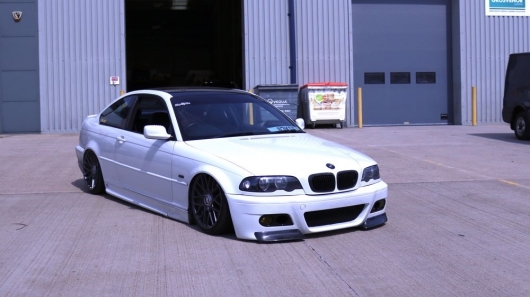
What is good and bad is in the air suspension, and what really is its ecosystem? Let’s try to look at it from a different angle…
The factory air suspension system installed for luxury models of cars of prestigious brands gives owners of new machines incredible comfort. When the model gets on the used market, “tired” pendant becomes a headache for the next owner. Spending on intensive care constantly falling on the belly the iron horse does not inspire optimism, and the price of even a single pnevmoballony can enter into prolonged depression even the most persistent of the motorist.
But there is a special caste of followers of the suspension for which the exhortations of experts about the complexities of operation “pneuma” is nothing more than an empty phrase. They believe that there is nothing more practical and stylish than the air in pneumothorax. Is it really so? Let’s see how does this type of suspension and what surprises can be waiting. Perhaps the benefits are much greater than the disadvantages? And is it worth it to put, if your car was originally designed to work with classic dampers and springs?
What is included in air suspension?
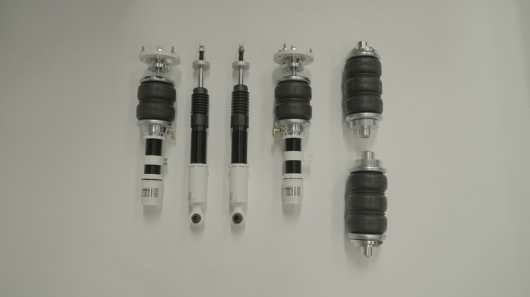
Before we move on to the pros and cons, let’s look at the components that make up a standard air suspension system.
The “air” suspension also has a stand, as any other conventional vehicle equipped with shock absorbers, but here the springs are replaced with pnevmoballony. Usually these cylinders (elastic gas strut mounted on each wheel) made from a mixture of rubber and polyurethane, and air is forced into them through the air receiver pressure which is pumped with an air compressor. In the overall production system also includes sensors and control unit. The control modules may also vary not only with different firmware, but combined in a single unit of the different components.
Remote control, which can sometimes be replaced by an app on a smartphone allows the user to select the desired front and rear suspension height. The more air pumped into the elastic elements, the higher ground clearance.
Air line must be laid to each strut through the car to connect the receiver tank with the rubber cylinders through an air manifold.
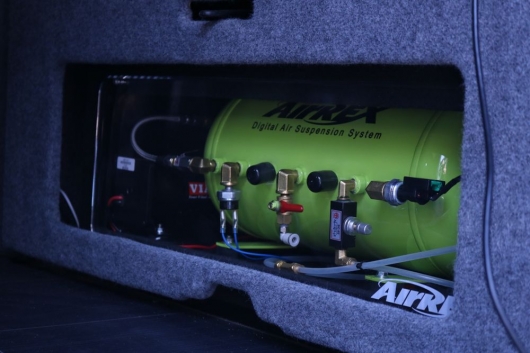
The main drawback at this stage, when we are talking about not the factory “tuning whale” is the fact that completely hide it from prying eyes just will not work. Tank, and many other elements will lie somewhere in the trunk, taking up precious usable space. However, there is a positive side – some manufacturers make a very neat system, hidden in a box, giving not only comfort but also the possibility of contemplation.
The whole system operates from 12-volts.
The word “FOR” for the air suspension
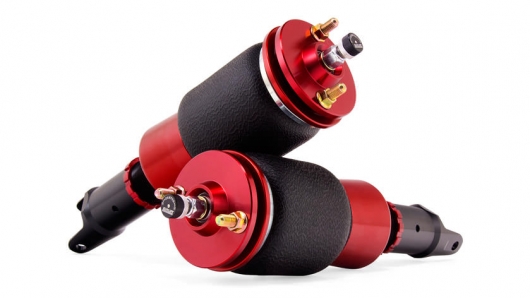
1.Comfort is the most important part, for which all afoot. Most brands just chasing her began to put on their cars a variety of pneumatic systems (although in a slightly different form than do homebrew tuners) – the refusal of conventional springs make the ride much smoother. In the end, you literally float on an air cushion. You could put your car on coilovers, but the result would be clamped, stiffer suspension.
2.Ground clearance can be changed in wide range. No matter what you drive – sports coupe, sedan, or crossover, the ability to vary the ground clearance will be useful always and everywhere.
In one case it’s a fashion trend, part of the show. Agree that effectively put the machine down – well worth it. In the other – a gradual reduction in ground clearance after a stop will help more comfortable to leave the car. In the third case, you can climb to a much higher curbs, not afraid to catch the bottom. And all this is controlled by pressing only one button.
Yes, and “speed bumps” for your show car will no longer be a problem.
The word “AGAINST” for pneumatic

1.The difficulty of installation
One of the biggest drawbacks of air suspension systems is the method of installation. Sometimes he can be rather barbaric – you have to make cuts, drill body, threading holes in hoses, tubes and so on. Cruzalta, not an easy job.
Fortunately, now increasingly in the market to sell more high quality kits air suspension, which are placed on the bolts without having to drill the bodywork. This is to some extent progress. Drilling you will still have, at least, you will need to make holes for installation of the compressor, manifold and tank, but it’s the little things.
2.Receiver and the equipment is place in the trunk
The next problem is the equipment can be installed only in the trunk, and it eats a significant amount.
We assure you, you will want a bigger tank if you want, that your car was jumping on the suspension like a mountain goat. The compressor will rattle less, and the rate of rise will be minimal. Minus this we have already mentioned.
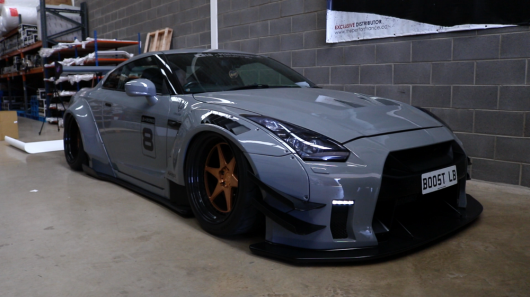
3.The cost is another big drawback
Before you even think about the cost of installation by skilled workers (and this is very important because you are unlikely to put such a complex mechanism), you lay out minimum of 50 thousand roubles on a more or less normal “pneuma”. Normal cost under 100 thousand rubles and above. Do not believe in nonsense such as: “install “pneuma” for 6 thousand rubles turnkey”.
By the way, expensive sports types of pendants even allow you to adjust camber. But despite this, coilovers are the best option for sports needs.
4.The final problem is the reliability
Cushions can tear, crack, leak air. Although, fortunately, modern quality systems, this is very rare. So that the high price is a guarantee of success.
Here’s a short story. Choose, want to be fashionable or do you prefer to be practical.
